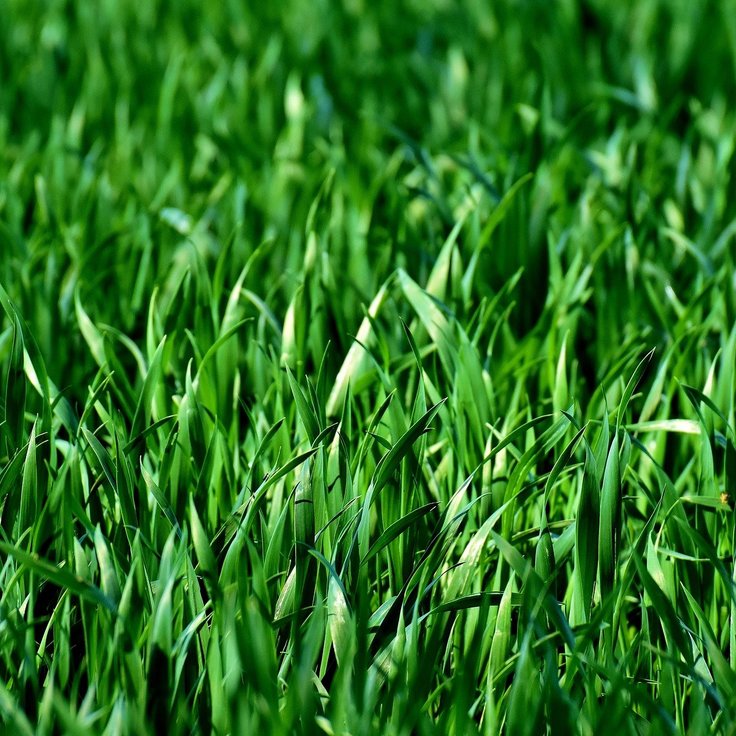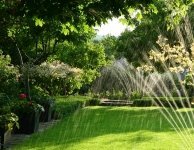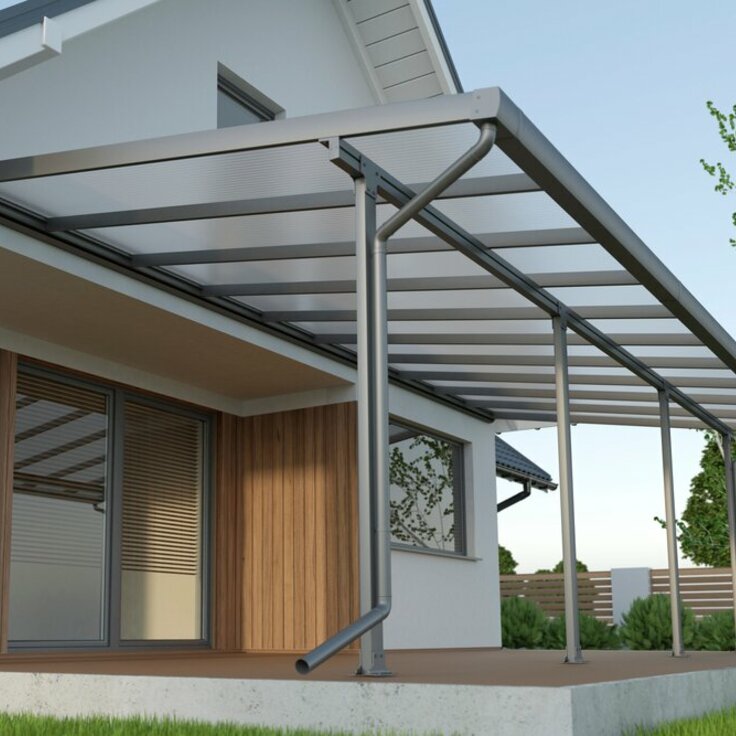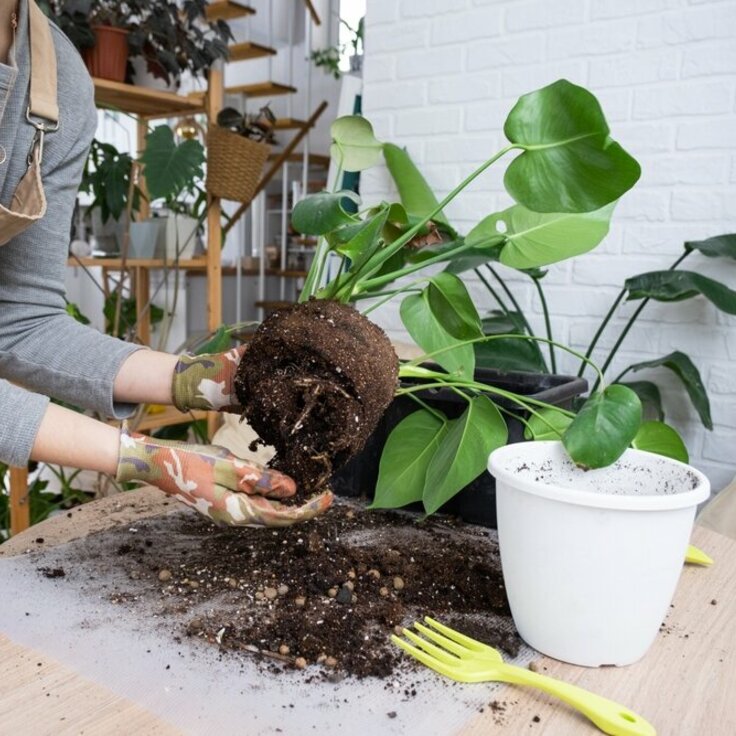Tree Pruning Techniques: What To Know Before Hiring a Professional
Trees are more than a gorgeous addition to our surroundings; they are an investment in the health and beauty of our planet. Pruning is essential for tree vigor, attractiveness and safety; however, before assigning this task to professionals, it is critical to understand the processes involved. This introductory guide strives to provide the essential knowledge required in advance of contacting a tree pruning service, guaranteeing the health of your trees and the success of landscaping tasks.
Understanding the Basics: Why Prune Trees?
Tree pruning is more than just an aesthetic exercise; it is crucial to the health and structure of a tree. Pruning is a process that offers several vital contributions:
- Removal of dead or diseased branches: Pruning clears dead, diseased or pest-infested branches, enhancing the look of the tree and assisting in keeping illnesses at bay.
- Increased sunlight penetration: Pruning thins the crown, permitting more sunlight to reach the interior branches and stimulating healthy growth and photosynthesis.
- Enhanced airflow: Pruning facilitates branch density, facilitating enhanced airflow through the tree. Improved ventilation minimizes the risk of fungal diseases and improves overall tree health.
- Stimulation of new growth: Strategic pruning can boost the growth of more branches and buds, resulting in a larger, more robust plant.
- Shaping for structural integrity: Pruning aids in shaping the tree, promoting a healthy and well-balanced design; this is particularly crucial in regions prone to storms or heavy winds.
Pruning Techniques: Art and Science Combined
Pruning trees requires a careful balance of art and science - comprehending and utilizing the proper techniques is vital to the health and lifespan of the tree. Pruning techniques that are frequently used include:
- Crown thinning: Crown thinning extracts specific branches to boost light penetration and air circulation.
- Crown raising: Advancing the lower limbs to accommodate constructions or people.
- Crown reduction: Lowering the overall tree size while maintaining its original shape.
- Deadwooding: Removing dead or dying branches enhances safety and minimizes disease spread.
The Right Time for Pruning: Timing Matters
Timing plays a crucial role in tree pruning as different species have optimal periods for this activity. Although dead or hazardous branches can be removed at any time, certain seasons offer better conditions for pruning. Late winter or early spring is considered an ideal trimming season as many tree species are dormant during this time - pruning while the tree is inactive helps reduce stress and promotes quicker recovery. Conversely, it is advisable to avoid pruning during active growth periods to prevent stress and potential damage to the tree. Ultimately, understanding the optimal time for pruning contributes to the overall health and well-being of the tree.
Consideration for Tree Species: Tailoring Pruning Methods
Tailoring pruning methods to the unique characteristics of each tree species is critical - different trees exhibit distinct traits and growth tendencies, demanding specialized trimming techniques for optimal outcomes. Understanding the pruning response of a specific species is vital as some trees thrive with vigorous pruning while others require a more delicate approach. Additionally, considering seasonal variations is essential, where certain trees are more susceptible to diseases or pests during specific times of the year. By modifying pruning schedules based on these considerations, the risks associated with particular seasons can be minimized, ultimately promoting overall health and resilience.
Hiring a Professional Arborist: Experience Counts
While some simple trimming chores can be achieved by homeowners, larger or more complex jobs necessitate the services of a professional arborist or local tree pruning service. Certified arborists have the expertise and abilities to analyze tree health, identify possible problems and precisely conduct pruning techniques. Hiring a skilled arborist guarantees the job is executed correctly and safely. Their experience counts, providing a level of precision and insight that contributes to the overall health and longevity of trees.
Potential Risks: Identifying Hazardous Conditions
Before pruning, examining the general health of a tree and any risks is critical; for example, weak or structurally challenged branches are a hazard and should be removed immediately. Professional arborists can recognize these problems and successfully perform strategic pruning to reduce risks - it is thus essential to address potential risks proactively, ensuring the long-term health and safety of the tree while mitigating the possibility of hazards that could arise from neglected branches or structural weaknesses.
Budgetary Considerations: Quality and Cost Must be Balanced
Although it may be tempting to go with the most affordable option, tree pruning is an investment in the health and longevity of trees. Therefore, it is crucial to achieve an optimal balance between financial considerations and service merit. An honorable tree pruning service may cost more upfront but will save money in the long run by guaranteeing the task is completed correctly. Thus, balancing quality and cost ensures making a sound investment in the well-being of trees, avoiding potential issues and expenses in the future.
Pruning for Long-Term Growth Has an Environmental Impact
Considerations for pruning should address immediate needs and the enduring viability of the tree and its surroundings. Sustainable techniques emphasize the tree's natural form, foster biodiversity and reduce the environmental impact of maintenance. Pruning is essential for reliable tree care, influencing health, safety and aesthetics. Before selecting a tree pruning service, become familiar with procedures, assess tree needs and prioritize trained arborists - understanding pruning basics contributes to tree health and overall property sustainability.








